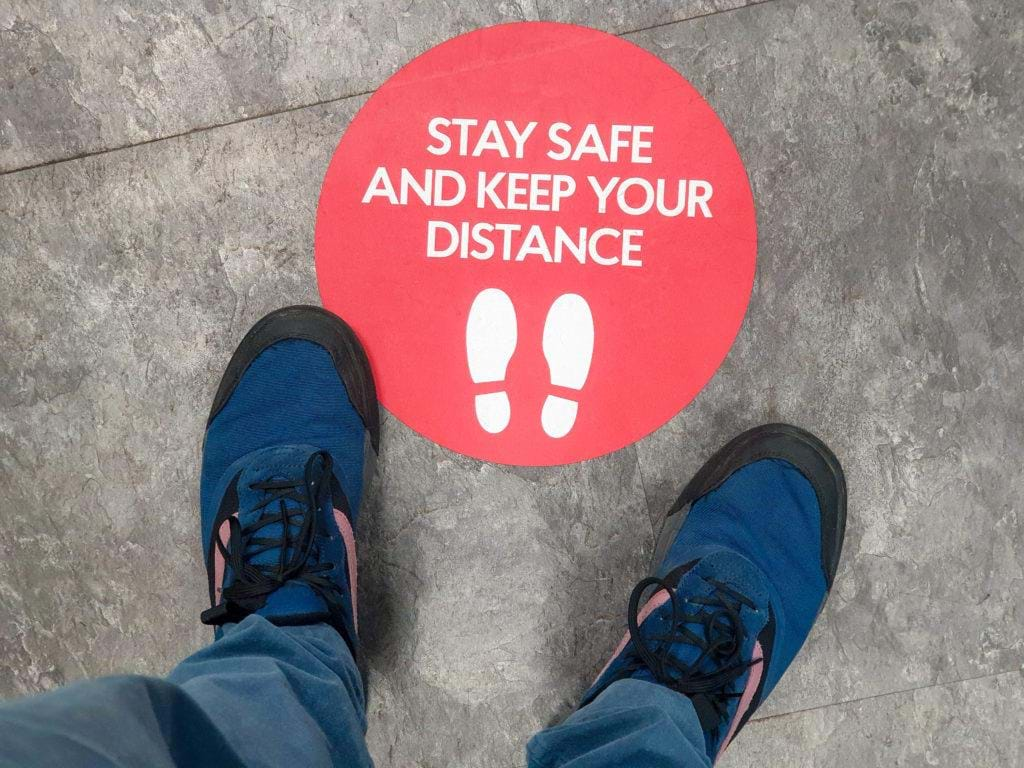What changed?
The CDC updated the guidance on how COVID-19 may be spread to uninfected people based on recent study findings.
The CDC changed the definition of “close contact” as it relates to COVID-19 exposure risk. Previously, the CDC defined “close contact” as having been within 6 feet of an infected person for 15 minutes or more regardless of whether cloth face covers or masks were in use. Recently, the CDC issued new guidance defining “close contact” as being within 6 feet of an infected person for a cumulative total of 15 minutes or more over a 24 hour period regardless of whether cloth face covers or masks were in use. More specific details can be found here.
Why is this important?
Brief interactions totaling 15 minutes over the course of 24 hours with:
- a person who is known to have COVID-19 (i.e., someone who has been tested and confirmed to have COVID-19),
- a person who developed symptoms consistent with COVID-19 two to three days after the interaction, or
- a person currently experiencing symptoms of COVID-19
are considered an exposure to COVID-19. For example, if a person was within 6 feet of someone described above on three separate occasions over the course of one day and each interaction lasted 5 minutes or more, that person was in ”close contact” and is considered to have been exposed to COVID-19.
Anyone who has been exposed to COVID-19 due to “close contact” is required to stay home for 14 days from the day of last exposure. During the 14 days, that person must maintain a distance of at least 6 feet from others at all times, self-monitor for symptoms, avoid contact with people at higher risk of severe illness, and follow CDC guidelines (https://www.cdc.gov/coronavirus/2019-ncov/if-you-are-sick/steps-when-sick.html) if they develop symptoms. (Please note: Different exposure considerations apply to those working in the healthcare industry. Additional information can be found here.)
Factors to consider when evaluating close contact:
- Proximity – closer distance increases your exposure risk
- Duration – longer interactions increase your exposure risk
- Symptoms – interactions with a person within two to three days of symptom onset increase your exposure risk
- Activity – interactions with persons coughing, singing or shouting increase your exposure risk
- Location – interactions in an area that has less ventilation (indoors vs outdoors) increase your exposure risk
What do you need to do?
Update your Daily Health Screening or Symptom Checker to reflect the recent change in how “close contact” is defined.
Ensure that you and your employees maintain at least 6 feet of distance at all times when interacting with others.
Limit any interactions in which at least 6 feet of distance cannot be maintained. In the event such an interaction is necessary, track the length of time you are in close contact with others and do not allow close contact to exceed 15 minutes in a given day.
For assistance or for more information, please contact your Graham Company Safety Consultant.

Philadelphia, PA, 19102








